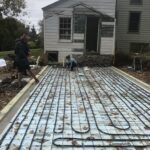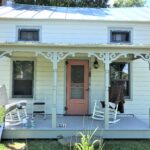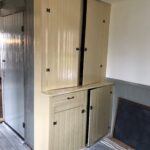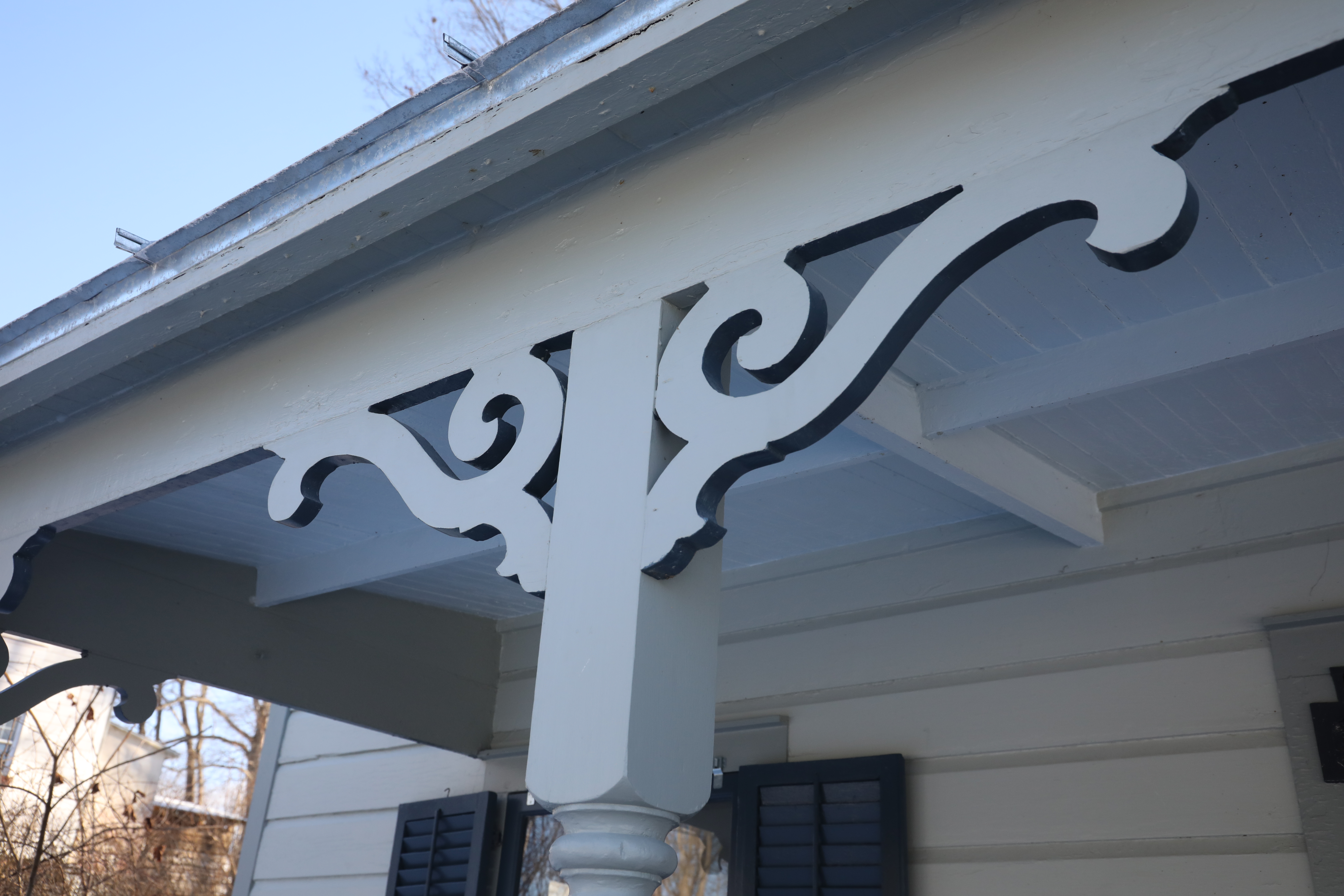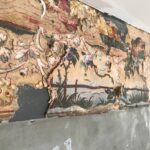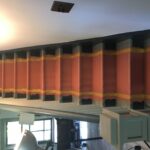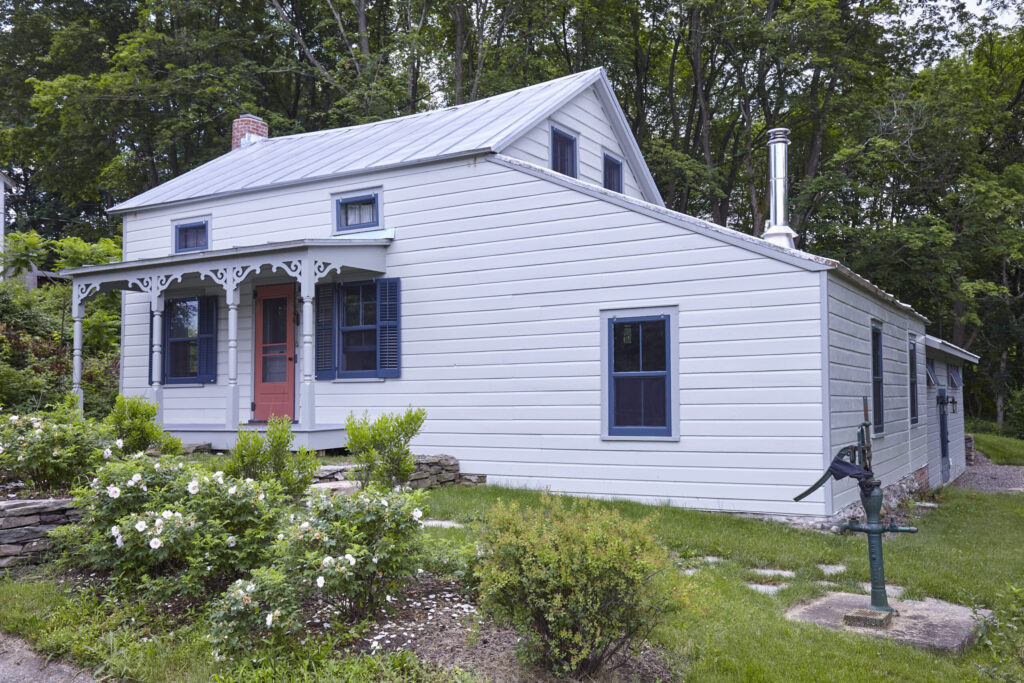
CLIENT: Our second project for my mother—together we saw the opportunity to rehabilitate another highly visible but sadly neglected historic house and defray the costs by making it an income-producing rental.
ASSIGNMENT: We had all noticed this little gem right up close to the county route that turns into Germantown’s Main Street. To most eyes, it was the ramshackle “eyebrow Colonial” or “that old place up by the cemetery”. Inside, it looked as though its owners had thrown up their hands one day and simply left. Friends from the New York State Historic Preservation Office came to evaluate the place’s significance, declared it a fine circa-1800 example of “New World Dutch Vernacular” architecture, listed it on the State and National Registers of Historic Places and guided us as we put together a Historic Rehabilitation Tax Credit project.
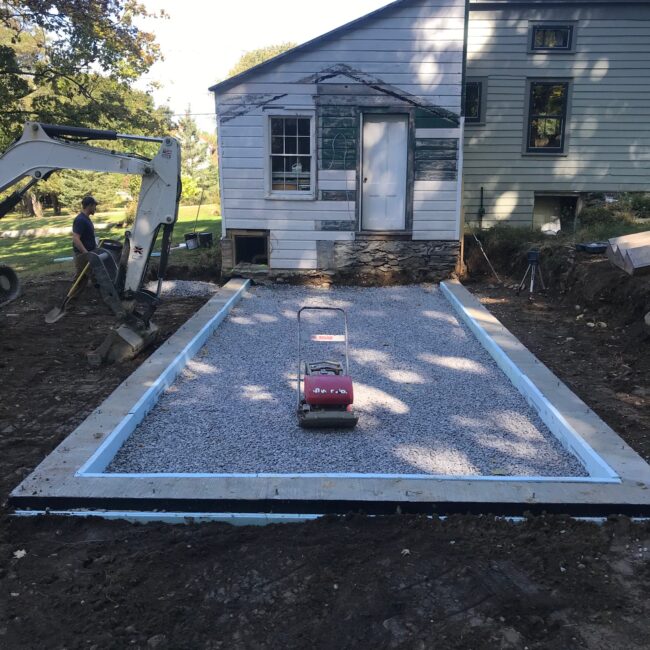
SCOPE: We gathered everything we’d learned from previous projects (see below) and took it to the next level, meticulously documenting every detail of the house, figuring out the least invasive ways to insert 21st-century necessities into a 200-year-old structure with idiosyncratic 19th- and 20th-century additions. We preserved not just historic character, but actual fabric—plaster, remnants of wallpaper, old paint and, of course, wood windows (even though they don’t all match). We removed a relatively modern bathroom downstairs and solved the mystery of how the circa-1800 house originally connected to the 1860s lean-to addition (the steps had been covered over by the bathtub). The house received all new mechanicals, including a septic system, plus a standing-seam metal roof that replaced the old asphalt and could easily last 100 years. This project was our first experience with ground-up new construction—a bedroom/bathroom addition with clean, modern lines and massing that defers to the historic house.
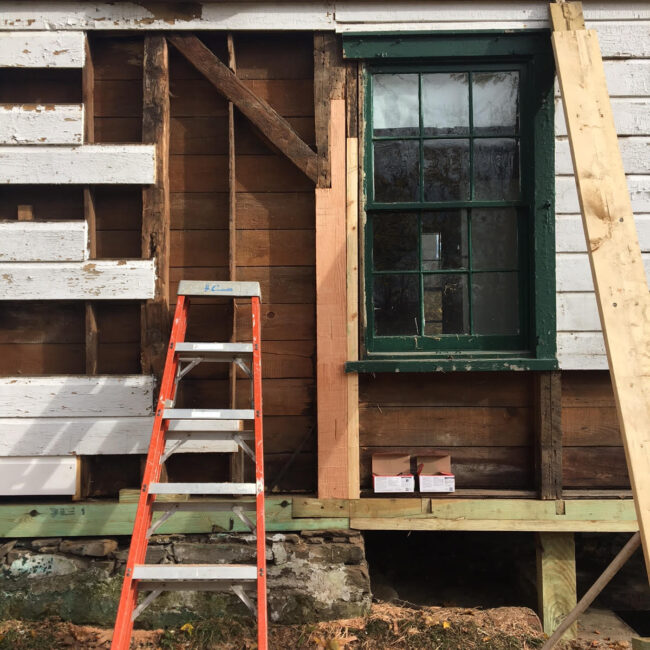
TEAM: This project was all in the family—my mother as client, my brother Stayton as architect, and many of the contractors we had worked with on past projects who now seem like family.
Rehabilitation strategy and project management: Worth Preserving
Design: Stayton Wood, RA, and Kate Wood
Carpentry: Adam Steeneck, Northern Blvd. Restoration (historic house); Spectrum Construction & Electric (addition)
Plumbing and heating: Rich Harkins
Electrical: Ralph Hinkein
Masonry: Greg Blum
Roofs: Gary Arcuri, Greenport Roofing
Plaster: Claude Carrone
Storm windows: James Romanchuk & Sons
Insulation: Earthwise Insulation
Lighting: Quittner (custom), Fed-On Lights Antiques (vintage)
Vintage bath fixtures: Zaborski Emporium, Fed-On Lights
Shower tile: Heritage Tile
Hardware: Van Dyke’s Restorers, Classic Accents
Painting: Millus Brothers
Landscape: Rise & Run Permaculture, Visage Construction Corporation, Pondside Nursery
Demolition and excavation: Krapf Excavation
Septic: Royal Flush
Furnishings: Quittner, Richard Fitch (upholstery), The Antiques Warehouse Hudson (among many others)
